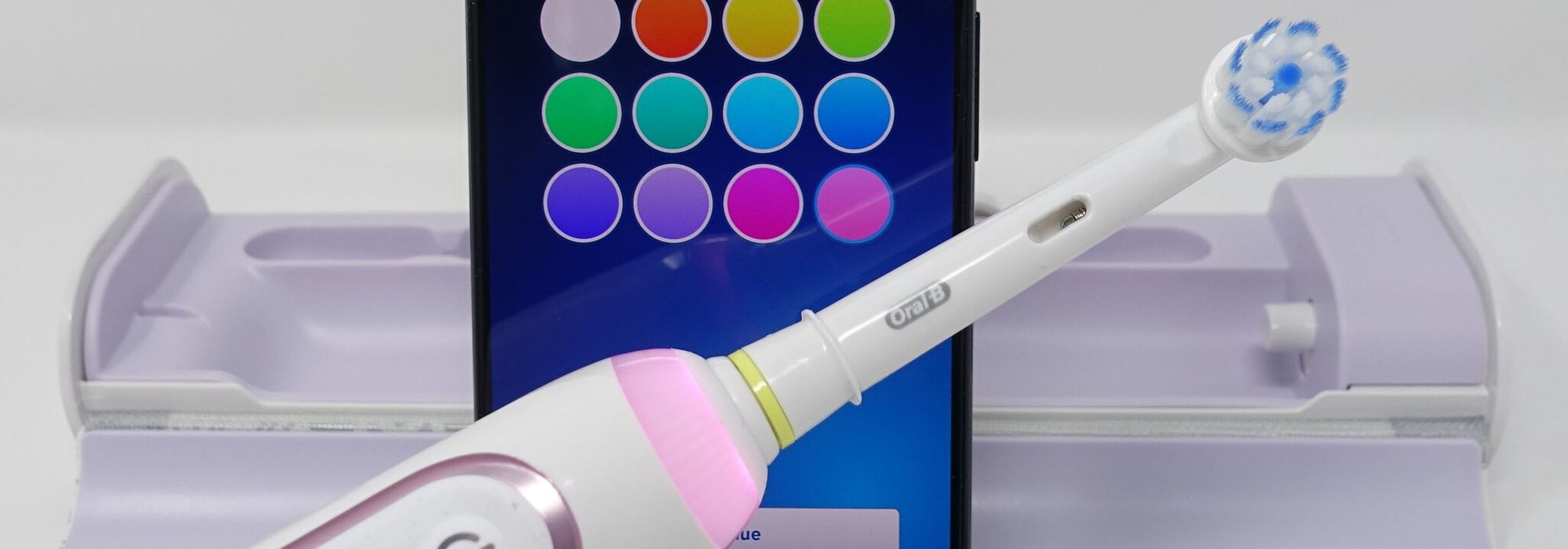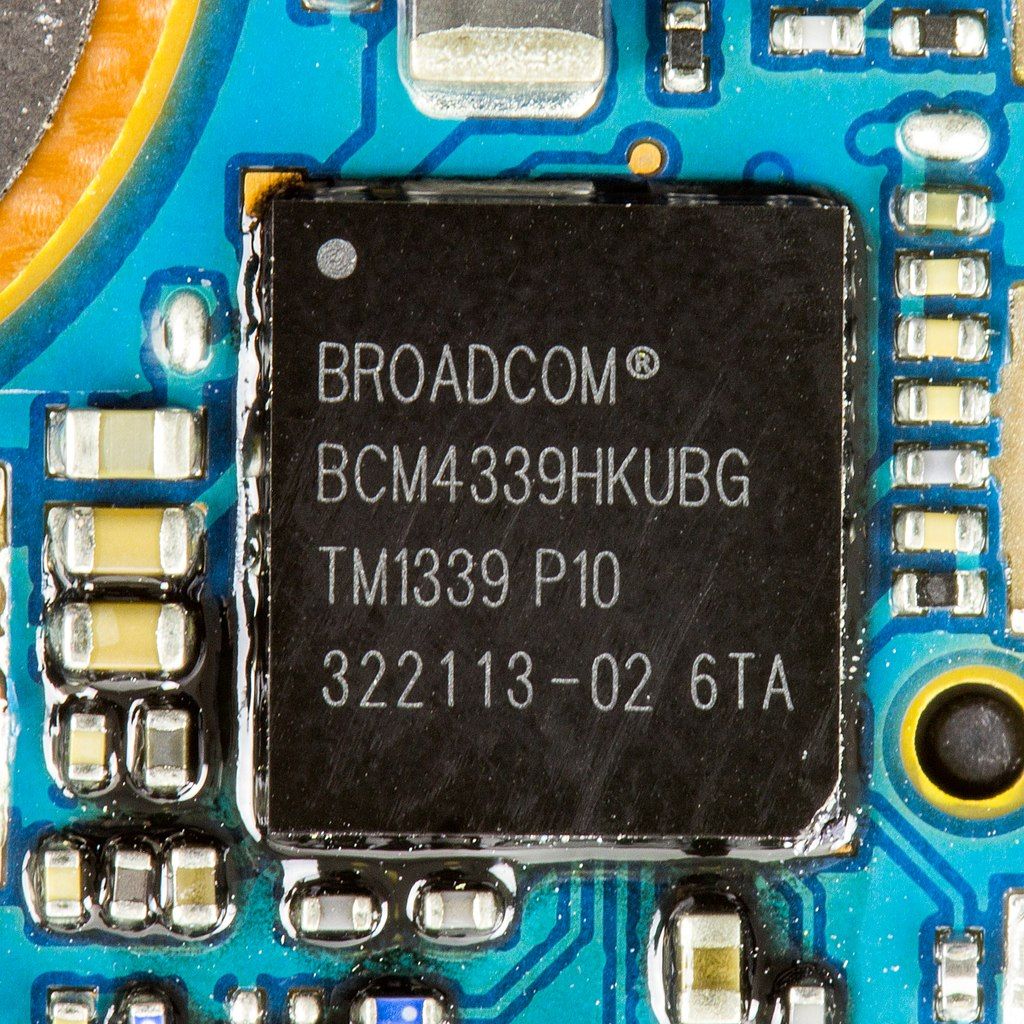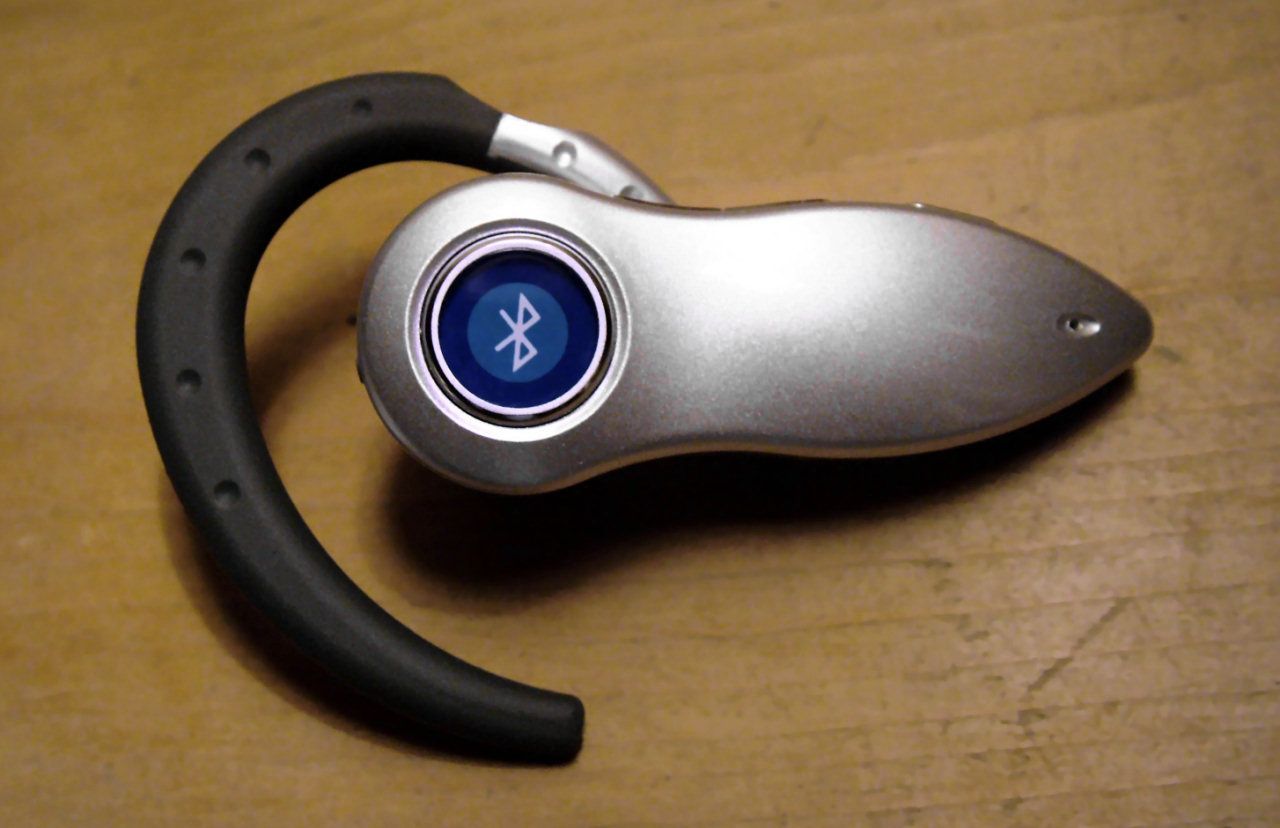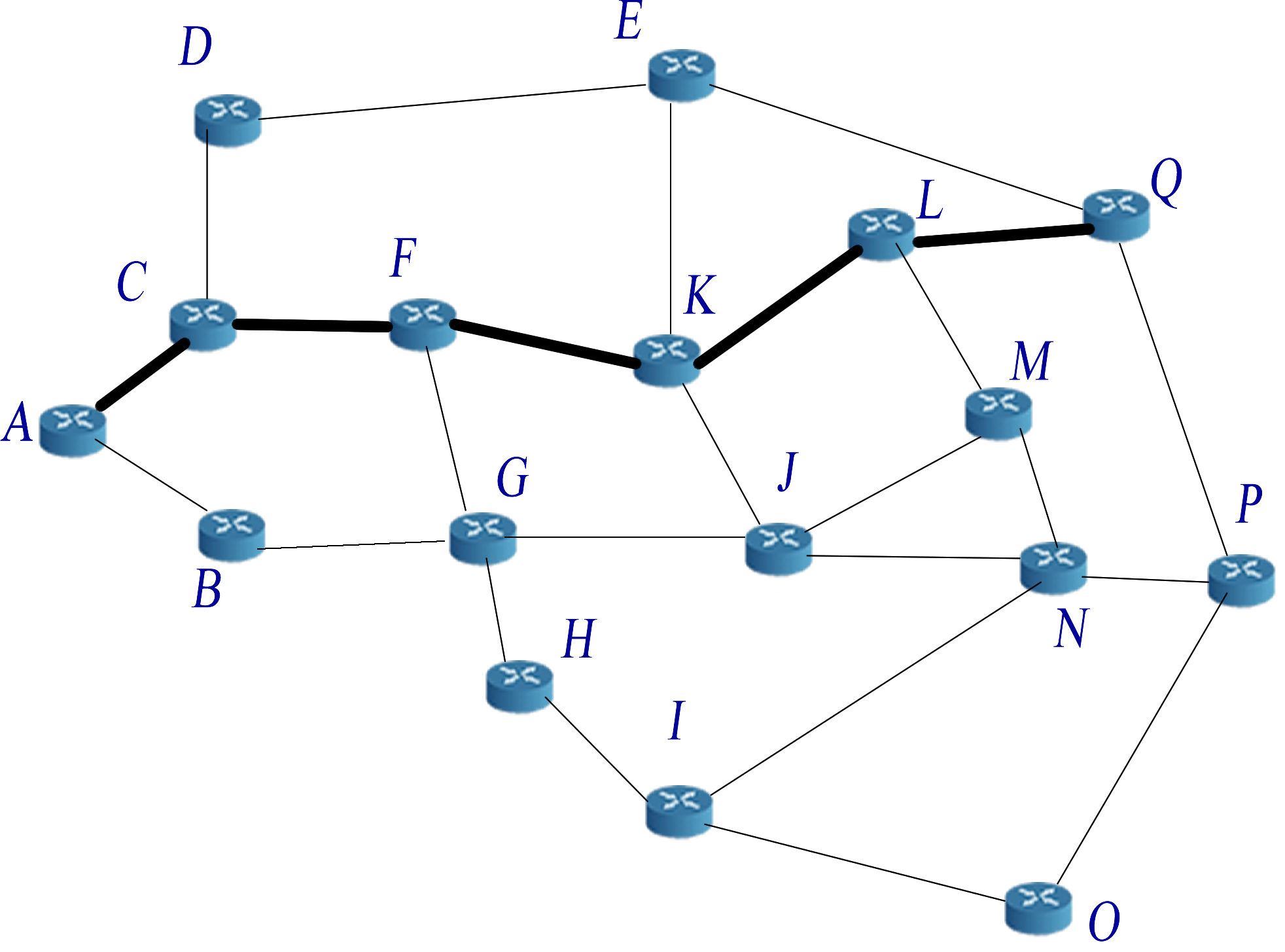
2019 was a big year for the Bluetooth protocol. At that time, more Bluetooth devices were installed in gadgets such as toys, trackers and toothbrushes than in laptops and phones. According to data from ABI Research, collected on behalf of the Bluetooth Special Interest Group , or SIG, 4.2 billion Bluetooth devices were sold in 2019, of which 52 percent ended up in headphones, smart speakers, lamps, clothing and more.
By 2020, SIG believes that the growth of so-called “hearables”, smart speakers and headphones, and China’s implementation of Bluetooth for smart homes will increase sales of non-computer-related Bluetooth devices to $ 2.5 billion. At the same time, the total sales of products containing Bluetooth are predicted to reach 4.6 billion.

From Penny Link to the entire Bluetooth world
Bluetooth is a standard for wireless short-distance communication between, for example, a headset and mobile phone or between a keyboard and computer.
The first version, Bluetooth 1.0, was released in 1999 and 2010 came the first support for a more low-power variant, Bluetooth LE, which quickly became popular. In 2016, Bluetooth 5 was released and now the standard was entirely focused on low power.
Behind the Bluetooth standard were technology giants such as Ericsson, Nokia, IBM, Toshiba and Intel from the start. But the foundation of the standard was actually a project called Penny Link and was initiated by Nils Rydbeck at Ericsson Mobile Communications, ECS, during the 1990s.
So where does Bluetooth come from? The name comes from the fact that Jim Kardach from Intel, who was part of the working group, had read a history book about Harald Blåtand (Blåtand is the Swedish word for Bluetooth). He thought it was a fitting name to tie together the working group, which consisted of members from companies that all had a blue logo: Intel, IBM, Ericsson and Nokia.
The Viking king Harald Blåtand is known both for uniting Norway and Denmark and for being a great speaker who was good at getting people to agree and talk to each other. The symbol for “bluetooth” also became suitably two stylized runes; ᚼ (“H”) and ᛒ (“B”).

Not just for headsets
From the start, Bluetooth was a pretty odd niche protocol. You probably remember the salespeople and craftsmen with headsets? Then, in the beginning, it was above all a great way to stream voice calls to phones. Since then a lot has happened and it is thanks to the protocol constantly being adapted to new needs and not favoring any specific manufacturer.

Above all, it was precisely the transition to low power in 2010 that enabled Bluetooth to be installed in more and more devices and laid the foundation for the “Internet of Things” or the Internet of Things. Now, Bluetooth could easily be powered by smaller batteries and end up with everything from sensors that you stuck on the sock to activity bracelets.
It also made it possible to create “beacons”, or track transmitters, that used Bluetooth signals to send messages to nearby phones.
The low-power update, the creation of beacons and the fact that Apple embraced both uses of its phones and tablets opened up Bluetooth for new markets, including training gadgets and connected locks.
A few years later, with the release of version 5.0 and 5.1 of Bluetooth, two additional features designed for the Internet of Things were added. The first was improved beacons and location tracking, which allowed more data to be transmitted by beacons and more granular location features. The second was the ability to create a network using Bluetooth radio, which made it possible to create so-called mesh networks with Bluetooth. This in turn enabled the technology to compete with other wireless standards such as Zigbee and Z-Wave.
Mesh networks take Harald Blåtand into the future
This leads us to where Bluetooth is today where a large part of the sales of Bluetooth devices are now driven by the mesh functionality. In China, for example, Xiaomi and Alibaba have the technology in their smart speakers and when more gadgets are now paired, since the Chinese want to build smart homes, Bluetooth is the first choice. Before the mesh technology came, Bluetooth had around 10 meters in range. Now, when more Bluetooth gadgets can communicate with each other and create a common network where a signal can jump between multiple devices to arrive, the range can be significantly longer.

So far, 90 percent of Bluetooth devices using mesh lighting are related, according to SIG. There are simply connected lamps. This means that the lamps, perhaps a little unsupported, will now become the basis for the next connected network in your home, in addition to wi-fi.
Now that Harald Blåtand’s name, over 1000 years after his death, is once again spread throughout the world, it is via a technology that at that time would clearly be seen as black art but which today offers tremendous benefit to humanity. And one thing is in common, it’s still a great ability to get people, and gadgets, to unite and talk to each other.

